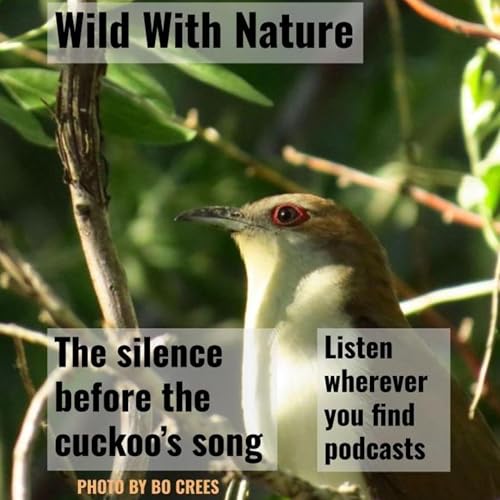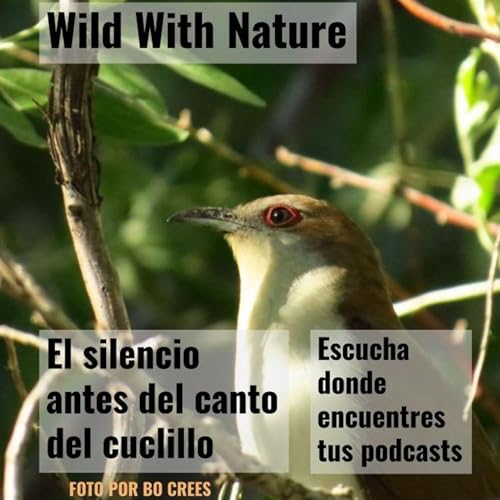I hear it as soon as I step out of the car, that resonant, knocking cucucu that I’ve been listening for all across Montana this summer. Black-billed cuckoo! My hands are shaking and my heart is thumping. I slip one headphone on, aim the parabola, and press record. The cuckoo keeps singing.
The black-billed cuckoo is a bird of many mysteries. In this podcast I delve into the biology and wonder of this bird, from the western edge of its breeding range in Montana, USA to the even more mysterious wintering distribution in Colombia and Ecuador. Many thanks to Anna Kurtin (University of Montana) and Dr. Camila Gómez (SELVA, selva.org.co) for their participation in this story, and to their research teams for all of their contributions to our understanding of cuckoos. Thanks to Harriet Marble for telling me about a possible black-billed cuckoo report near the Highwood Mountains, which finally allowed me to observe one! Finally, thanks to Tim Spahr for his permission to include his black-billed cuckoo song and flight call recordings in the podcast, and to Ian van Coller, Bo Crees, and Peter Dudley for letting me include their photos in the written version.
Besides Tim Spahr’s black-billed cuckoo song and calls, this podcast also includes many of my own sound recordings from Montana: black-billed cuckoo (Coccyzus erythropthalmus), black-headed grosbeak (Pheucticus melanocephalus), great horned owl (Bubo virginianus), yellow-breasted chat (Icteria virens), orchard oriole (Icterus spurius), northern house wren (Troglodytes aedon), eastern warbling-vireo (Vireo gilvus), Baltimore oriole (Icterus galbula), western wood-pewee (Contopus sordidulus), common nighthawk (Chordeiles minor), American kestrel (Falco sparverius), and brown thrasher (Toxostoma rufum). Also an eastern screech-owl (Megascops asio) from Nebraska and a Middle American screech-owl (M. guatemalae) from Oaxaca, Mexico.
As always, I depend on the support of my listeners to continue doing this work. Please share these podcasts, leave a rating, and, if you’re able, support me through Patreon: https://www.patreon.com/wildwithnature. Thank you!!!
You can find the written, illustrated version of this story here: https://wildwithnature.com/2025/09/01/the-silence-before-the-cuckoos-song/
 2025/10/019 分
2025/10/019 分 2025/10/0113 分
2025/10/0113 分 2025/09/0122 分
2025/09/0122 分 2025/09/0127 分
2025/09/0127 分 2025/08/0216 分
2025/08/0216 分 2025/08/0221 分
2025/08/0221 分 16 分
16 分 21 分
21 分

